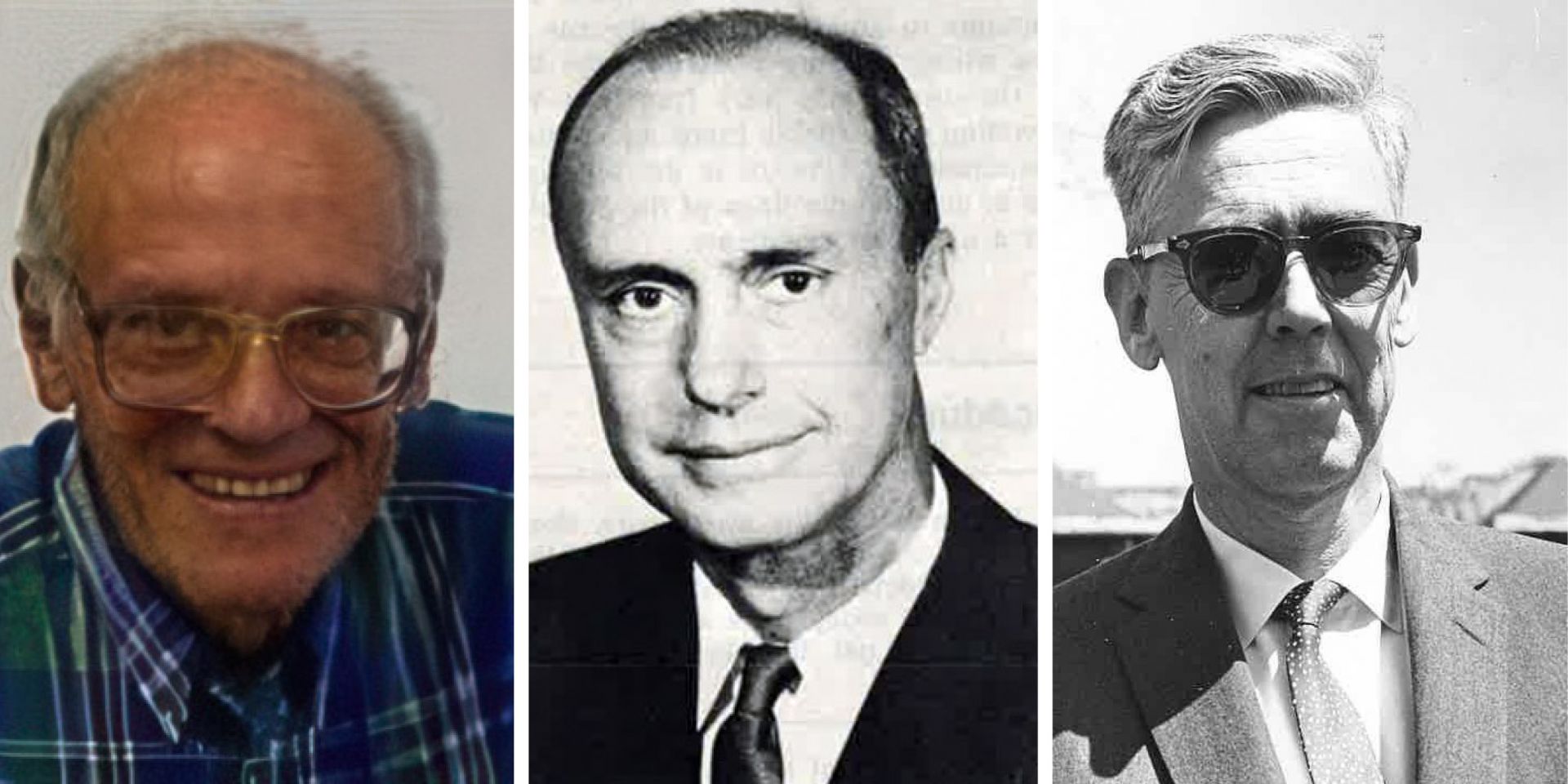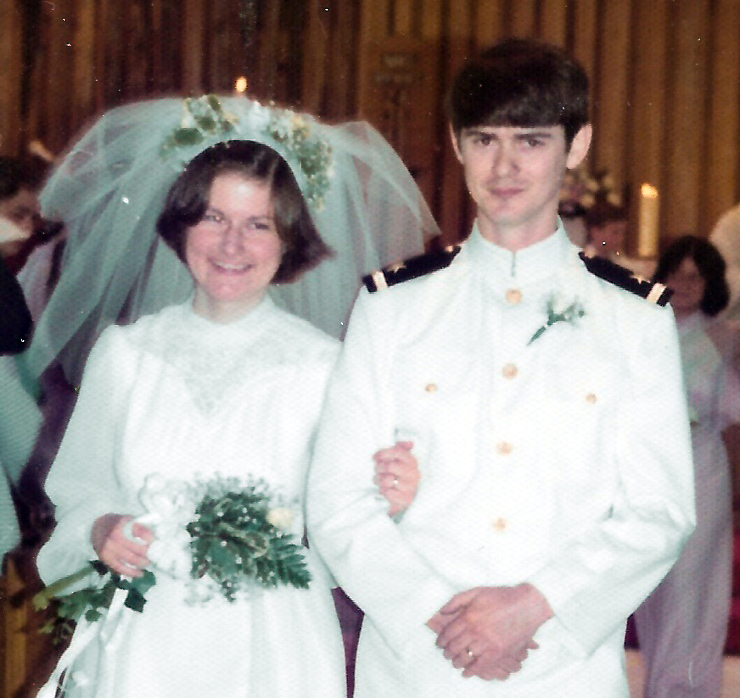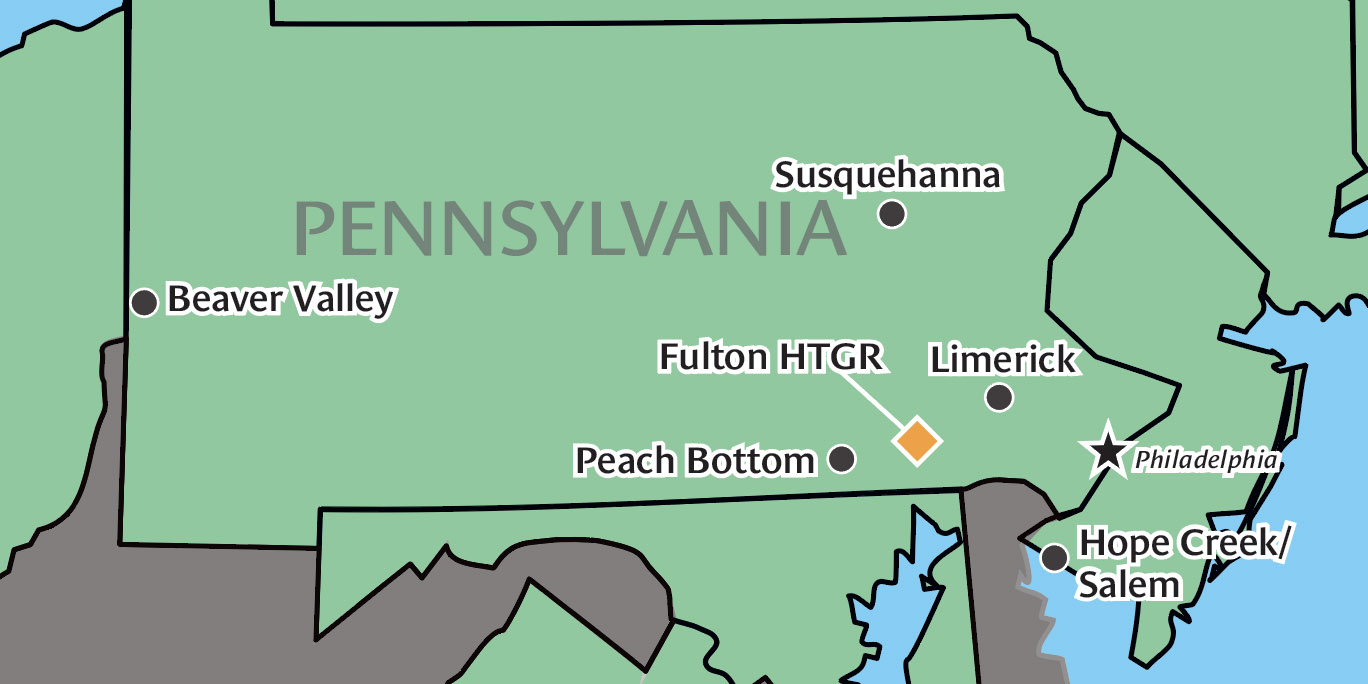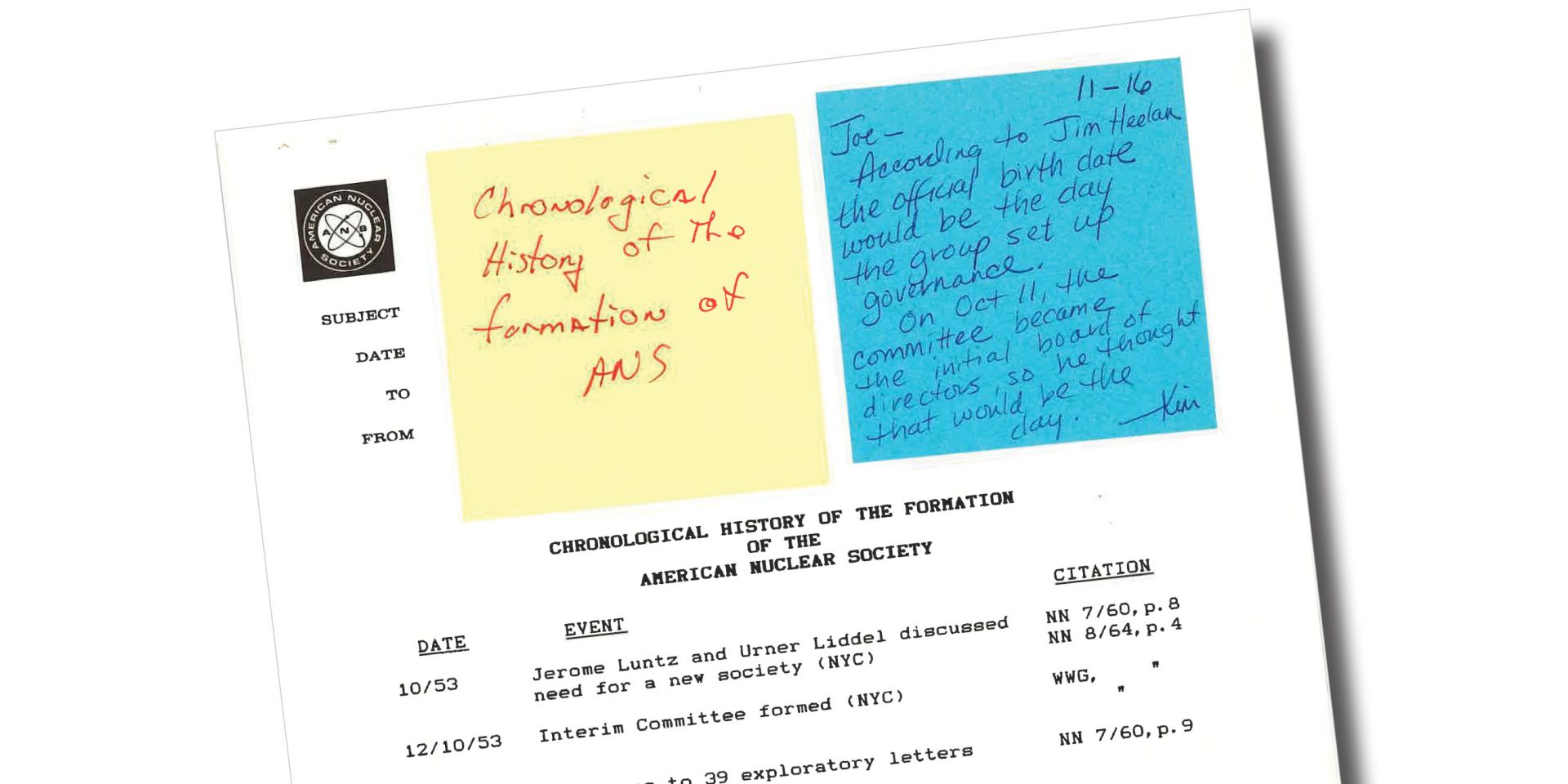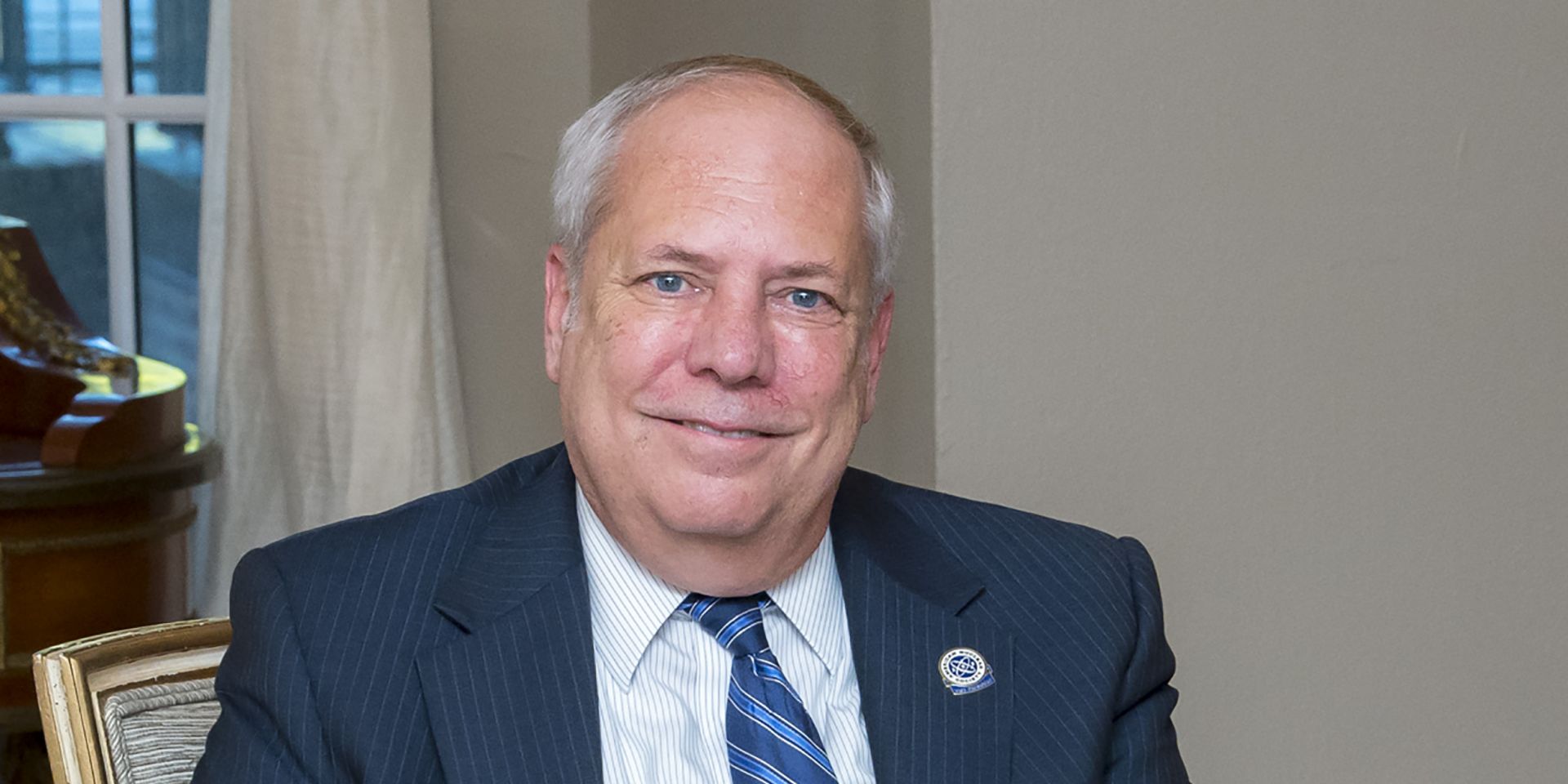The NS Savannah in 1962. (Photo: DOE)
In commemoration of National Maritime Day, there will be an open house on the NS Savannah this Sunday, May 18, in Baltimore, Md. The world’s first nuclear-powered merchant ship, Savannah was built through a joint program between the Atomic Energy Commission and the Maritime Administration (MARAD) as part of President Eisenhower’s Atoms for Peace program.
Learn more: For more details on Sunday’s tour of the Savannah, click here.
Cutaway diagram of Marviken. (Image: Vattenfall)
In the late 1950s, the Swedish government decided to undertake a large-scale nuclear energy project. Situated about 75 miles southwest of Stockholm on the Baltic coast, Marviken was located on a peninsula, allowing for the cooling water intake and outlet to be located on either side of the peninsula. The coastal location also allowed the large reactor pressure vessel to be delivered by ship.
ANS President Lisa Marshall presented Illinois Tech vice provost for research Jeff Terry with the Armour Research Foundation Research Reactor’s Nuclear Historic Landmark plaque at the April 23 ceremony.
The American Nuclear Society presented the Illinois Institute of Technology with a plaque last week to officially designate the Armour Research Foundation Reactor a Nuclear Historic Landmark, following the Society’s decision to confer the status onto the reactor in September 2024.
The Defense Waste Processing Facility at the Savannah River Plant. (Photo: SRS)
In 1989, the Savannah River Plant was renamed the Savannah River Site. It was originally established in 1950 near Aiken, S.C., to produce nuclear materials for the nation, primarily for defense purposes. The site consisted of a heavy water production plant, three fuel fabrication facilities, five production reactors, two nuclear separation facilities, waste management facilities, tritium processing facilities, and the Savannah River National Laboratory. The main isotopes produced were, by priority, tritium, plutonium-238, and plutonium-239.
Fig. 1. Oppenheimer hosting a gathering in his Bathtub Row house in Los Alamos.
The July 2024 issue of Nuclear News focused on fusion. Editor-in-chief Rick Michal highlighted in his column (p. 4) Los Alamos National Laboratory’s open access special issue of the American Nuclear Society journal Fusion Science and Technology, titled The Early History of Fusion. This article provides a brief summary of the issue—and we encourage readers to explore all of the full papers.a
November 15, 2024, 7:03AMNuclear NewsErhard W. Koehler and Anne Jennings N.S. Savannah, the first commercial nuclear-powered cargo vessel, en route to the World’s Fair in Seattle in 1962. (Photo: U.S. National Archives)
It’s safe to say that readers of Nuclear News are familiar with decommissioning. It’s even safe to assume that experienced decommissioning practitioners are familiar with the National Historic Preservation Act (NHPA) and how it applies to typical projects. What’s different about the N.S. Savannah is that the entire project site is a historic property—and in fact, is a federally owned National Historic Landmark (NHL), a status that confers the highest level of protection under law. Federal owners of NHLs are obligated to minimize harm in both planning and actions. Distilled to its salient point, no federal owner of an NHL should destroy it if there’s a reasonable alternative. That level of preservation is not what we normally associate with nuclear decommissioning. This perfectly summarizes the challenges, and opportunities, that decommissioning Savannah offered. The story of how the Maritime Administration (MARAD) managed these two otherwise contradictory processes showcases how historic preservation and decommissioning can positively intersect, provides a pathway for other historic facilities, and further adds to the already illustrious history of one of our nation’s significant 20th century landmarks.
The once-proposed location of the Fulton HTGR, in relation to modern-day operating nuclear power plants.
Fulton Station was to be a two-unit high-temperature gas-cooled reactor that was originally planned to start commercial operation in 1981 for Unit 1 and in 1983 for Unit 2. Each reactor was to provide 1,160 MWe of power. The nuclear steam supply system (NSSS) and fuel were to be developed by General Atomics (GA), and engineering firm Stone & Webster was charged with handling the construction. The Philadelphia Electric Company (PECO) had big plans for Fulton Station, but ultimately, the plant was never built.
An internal memo explaining the history of ANS.
This year marks the 70th anniversary of the founding of the American Nuclear Society.
Plenty of sources incorrectly list our birthday, but the reality is that October 11, 1954, is the correct date for the establishment of ANS.
September 12, 2024, 12:00PMNuclear NewsErhard W. Koehler and Anne Jennings N.S. Savannah docked in Baltimore in May 2024. (Photo: MARAD)
The American Nuclear Society was formed in 1954 in the wake of President Eisenhower’s seminal Atoms for Peace speech. Around the same time that Congress was debating the Atomic Energy Act and John Landis was helping establish ANS, the National Security Council began deliberating about adding a nuclear-powered merchant ship to the nascent Atoms for Peace program. We like to imagine that the idea germinated after Mamie Eisenhower christened the U.S.S. Nautilus, but the truth seems much drier. Regardless, Ike championed the project and announced it to a surprised crowd in an April 1955 speech in New York City at the Waldorf Astoria Hotel. Landis would become the principal architect of the ship’s nuclear power plant. Although Savannah’s reactor now rests in the low-level radwaste repository in Clive, Utah, the ship’s prospects are as bright as the future of ANS itself.
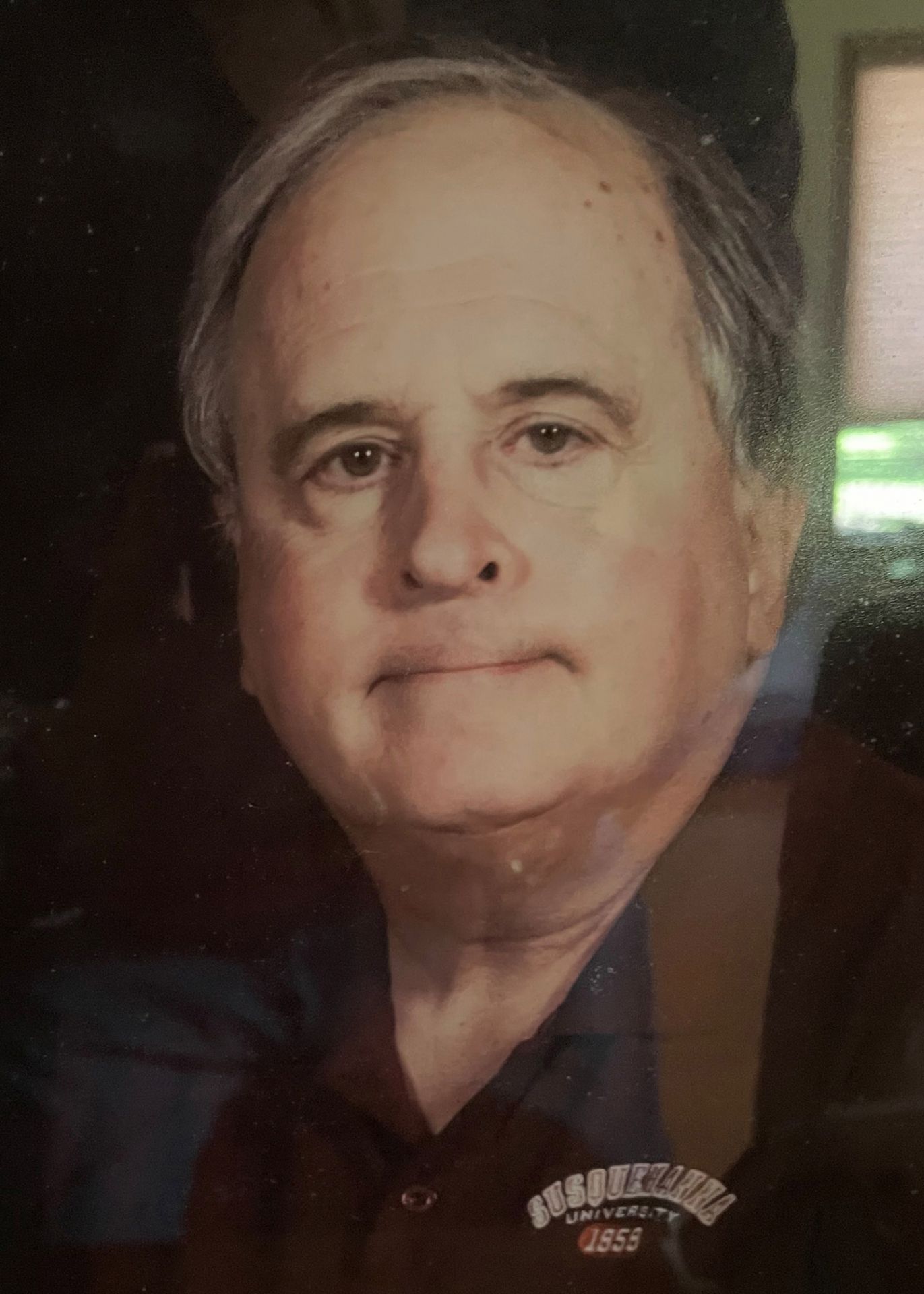
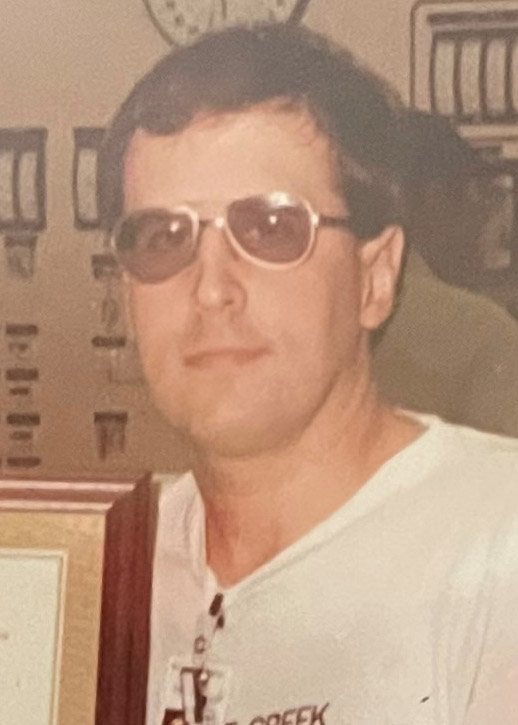




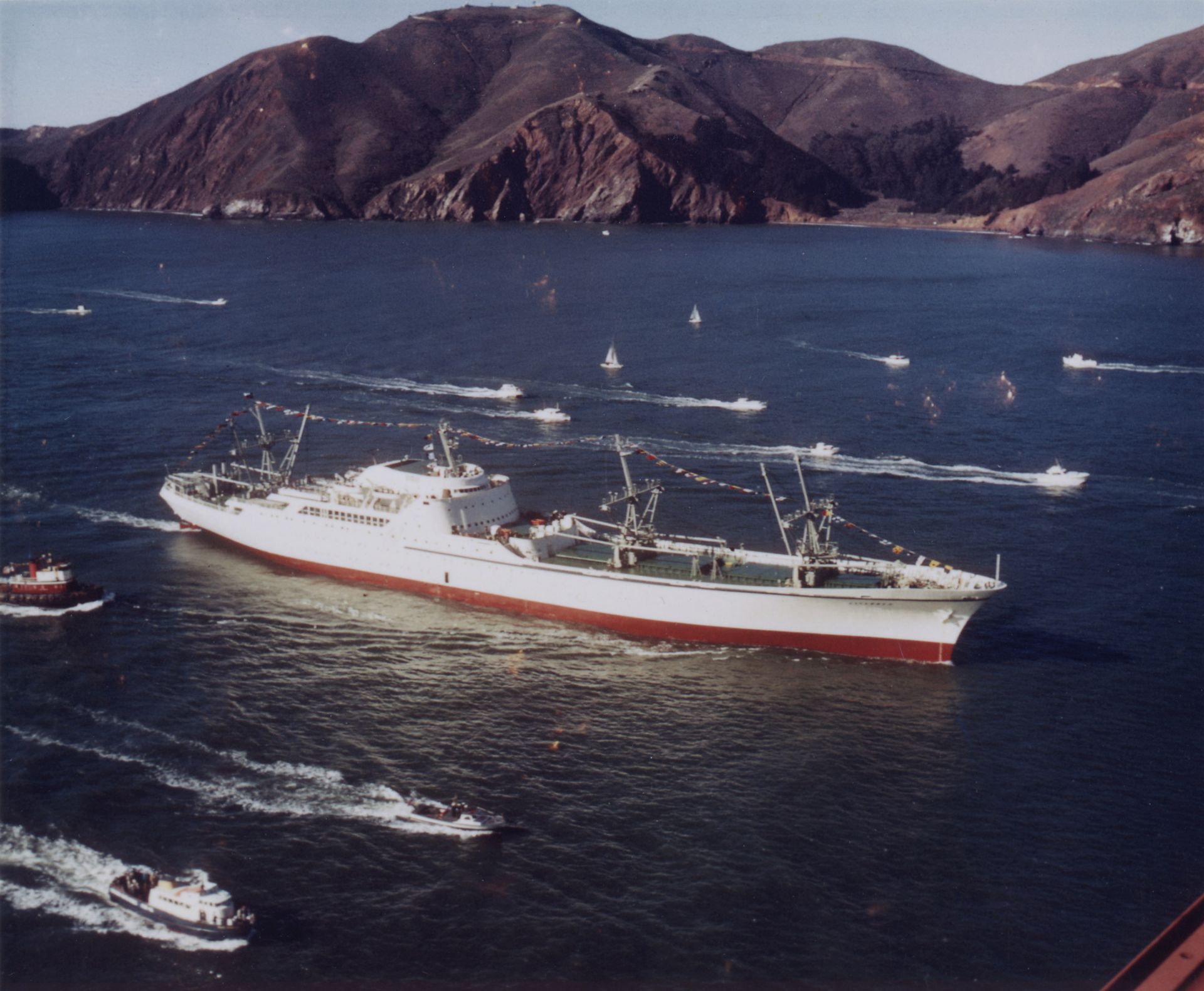
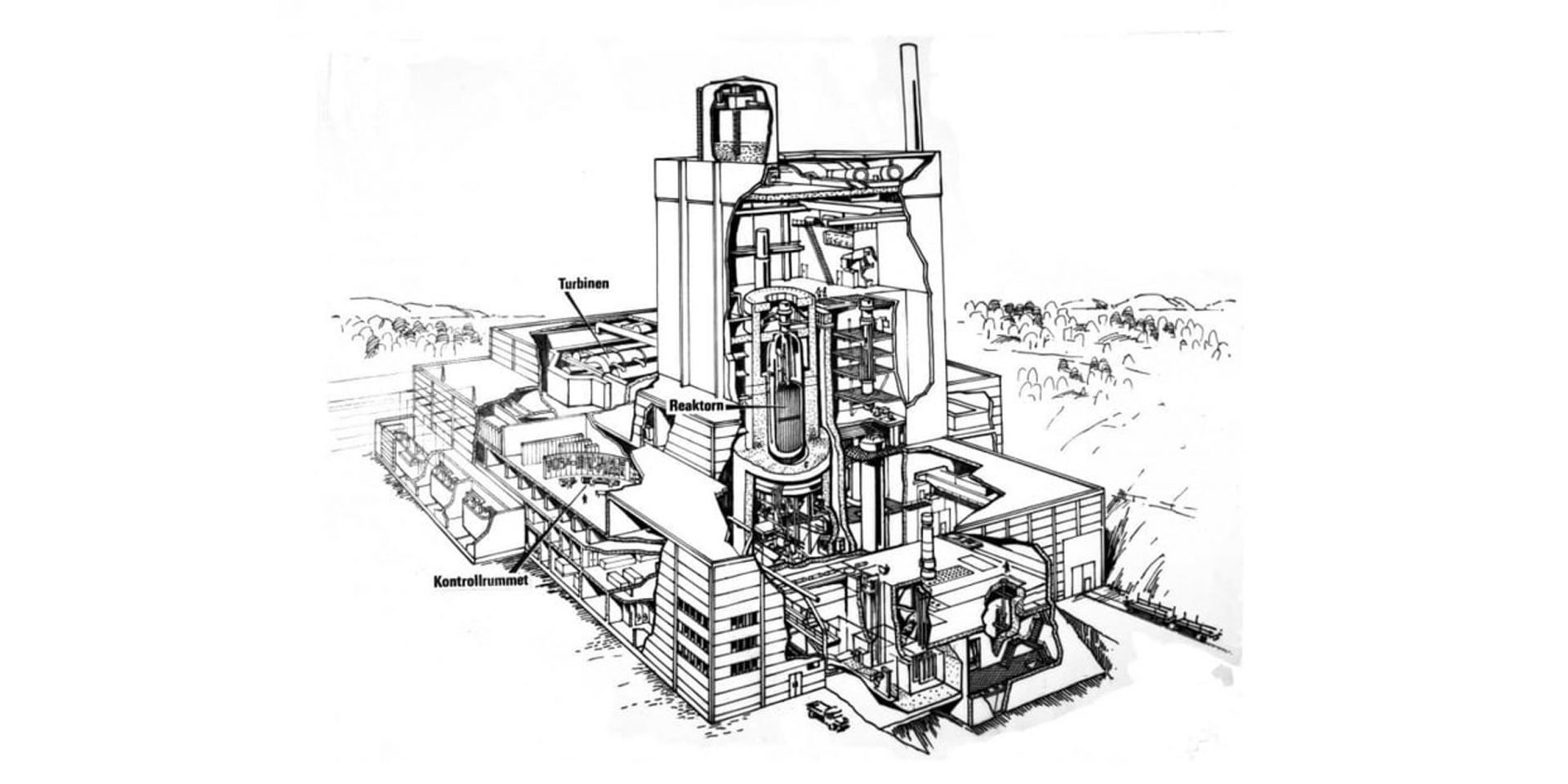
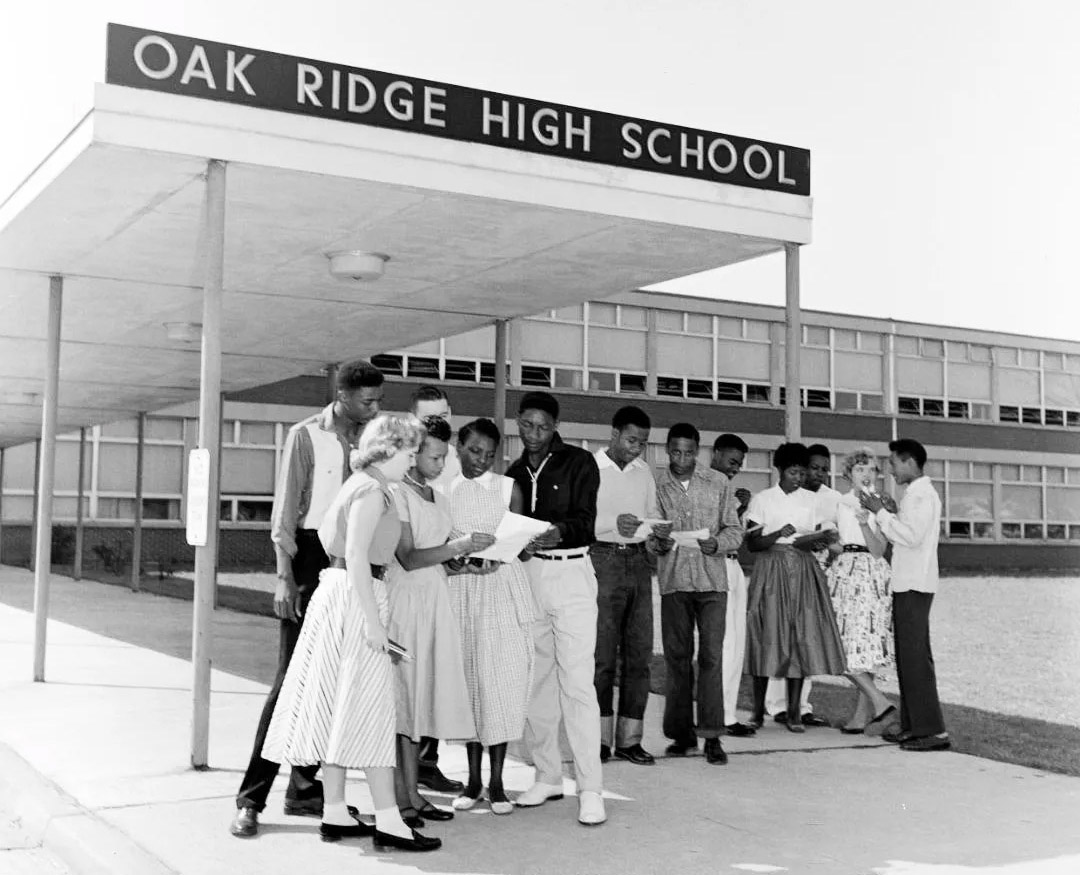
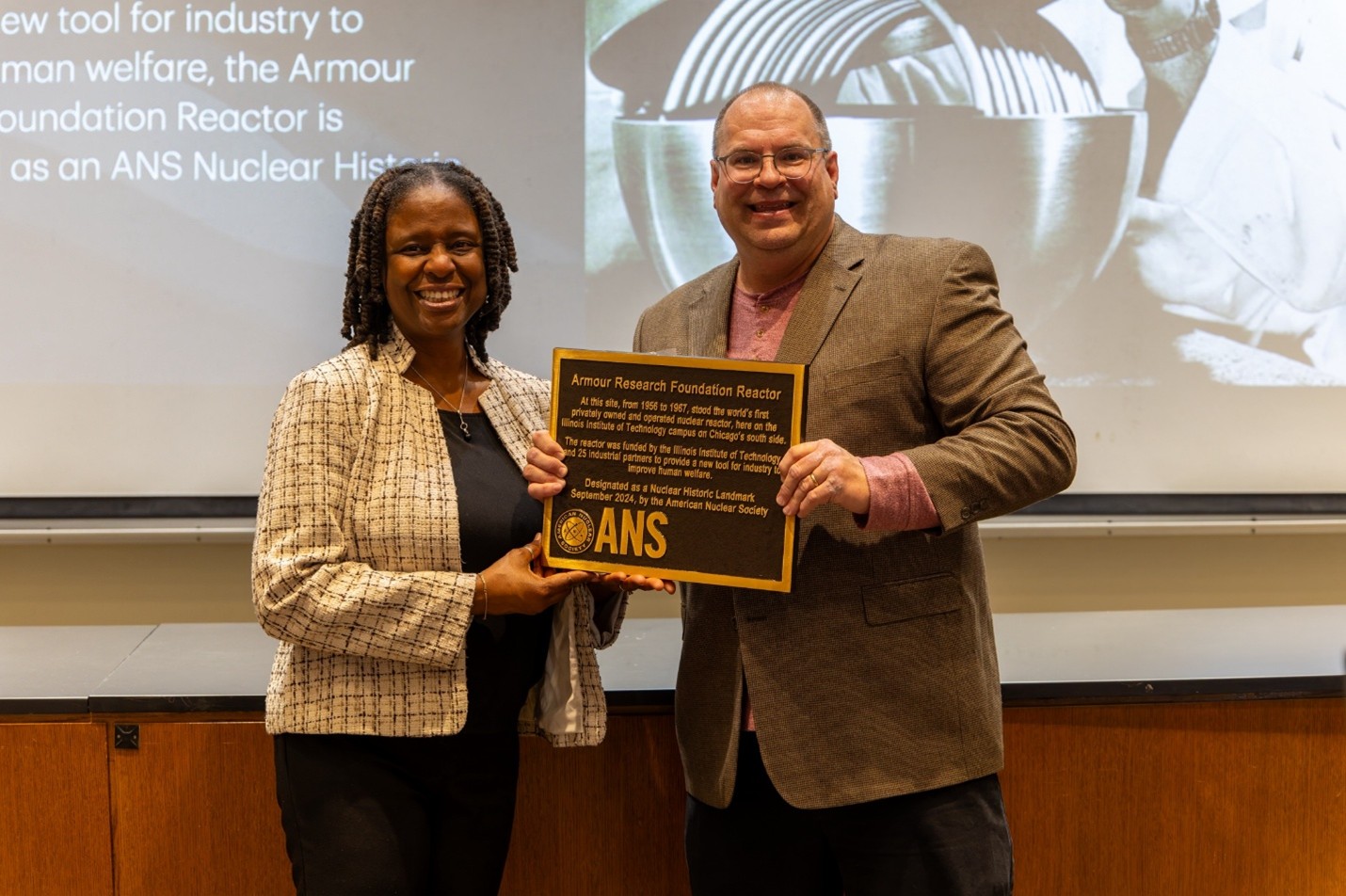
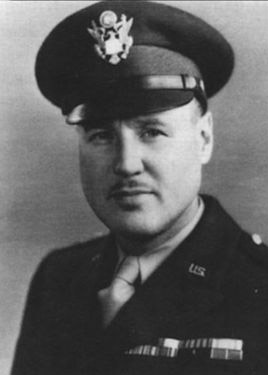
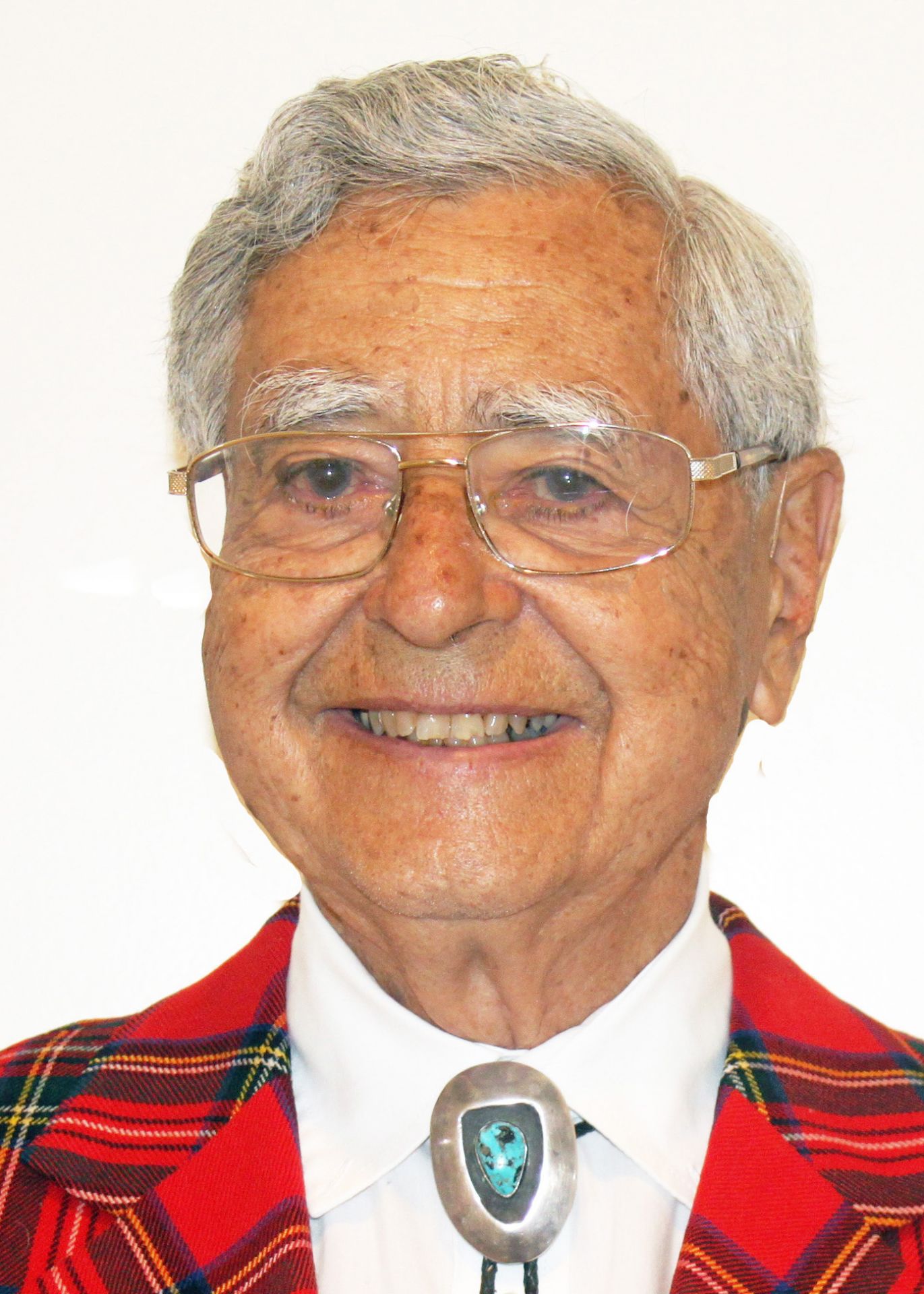
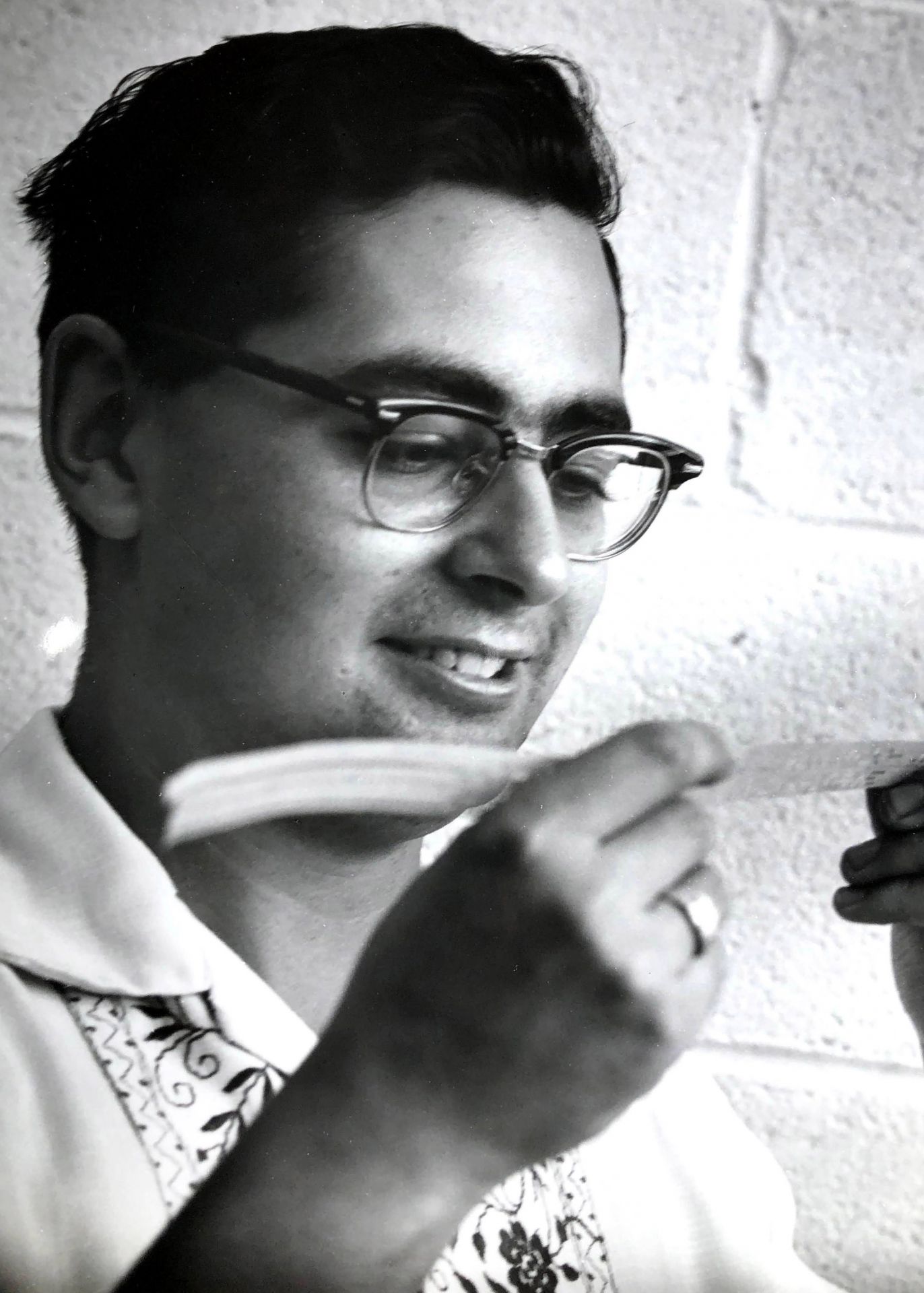
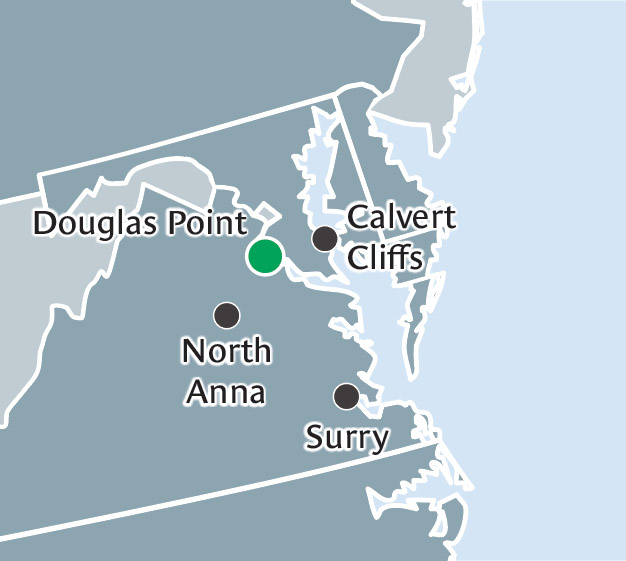
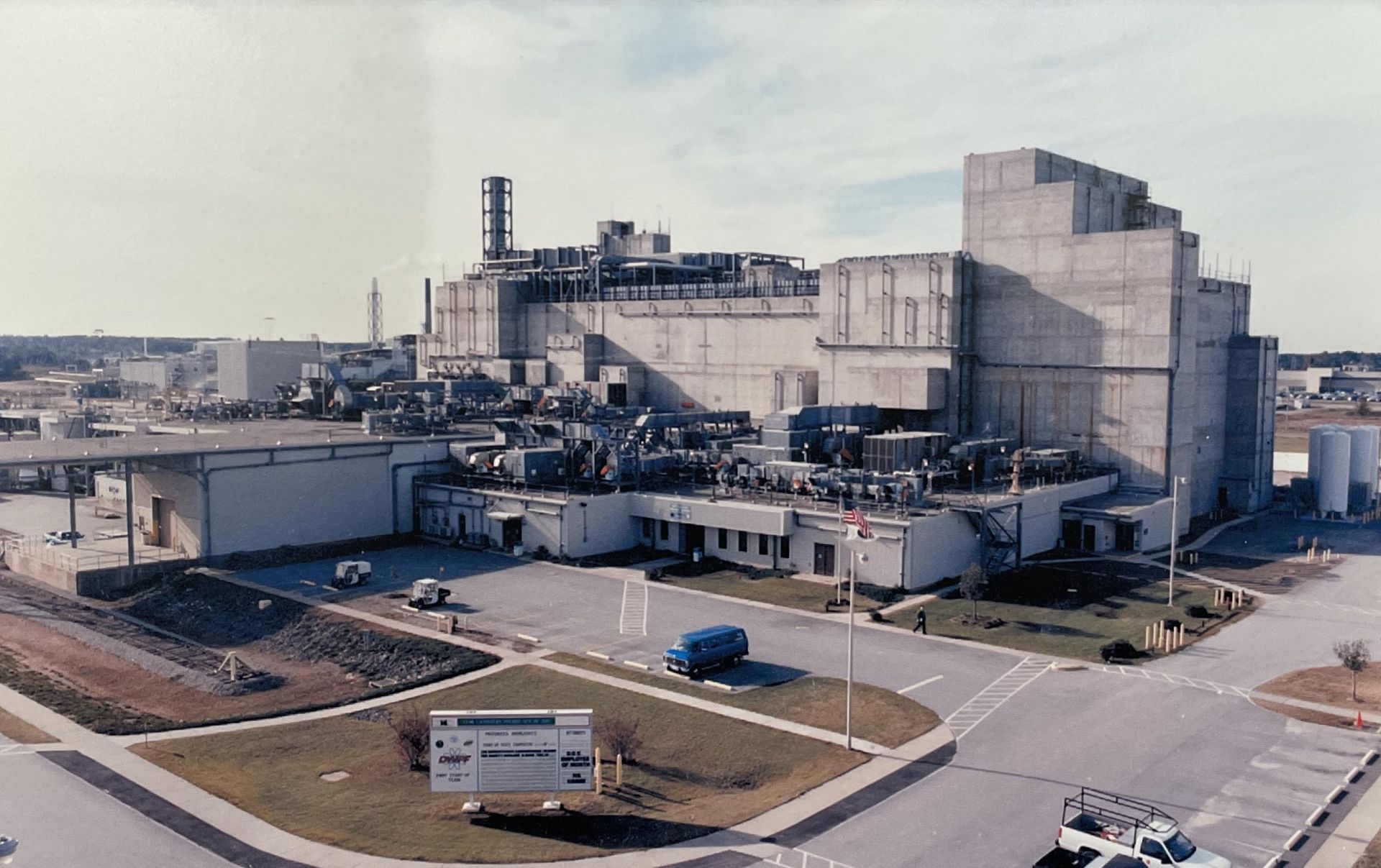
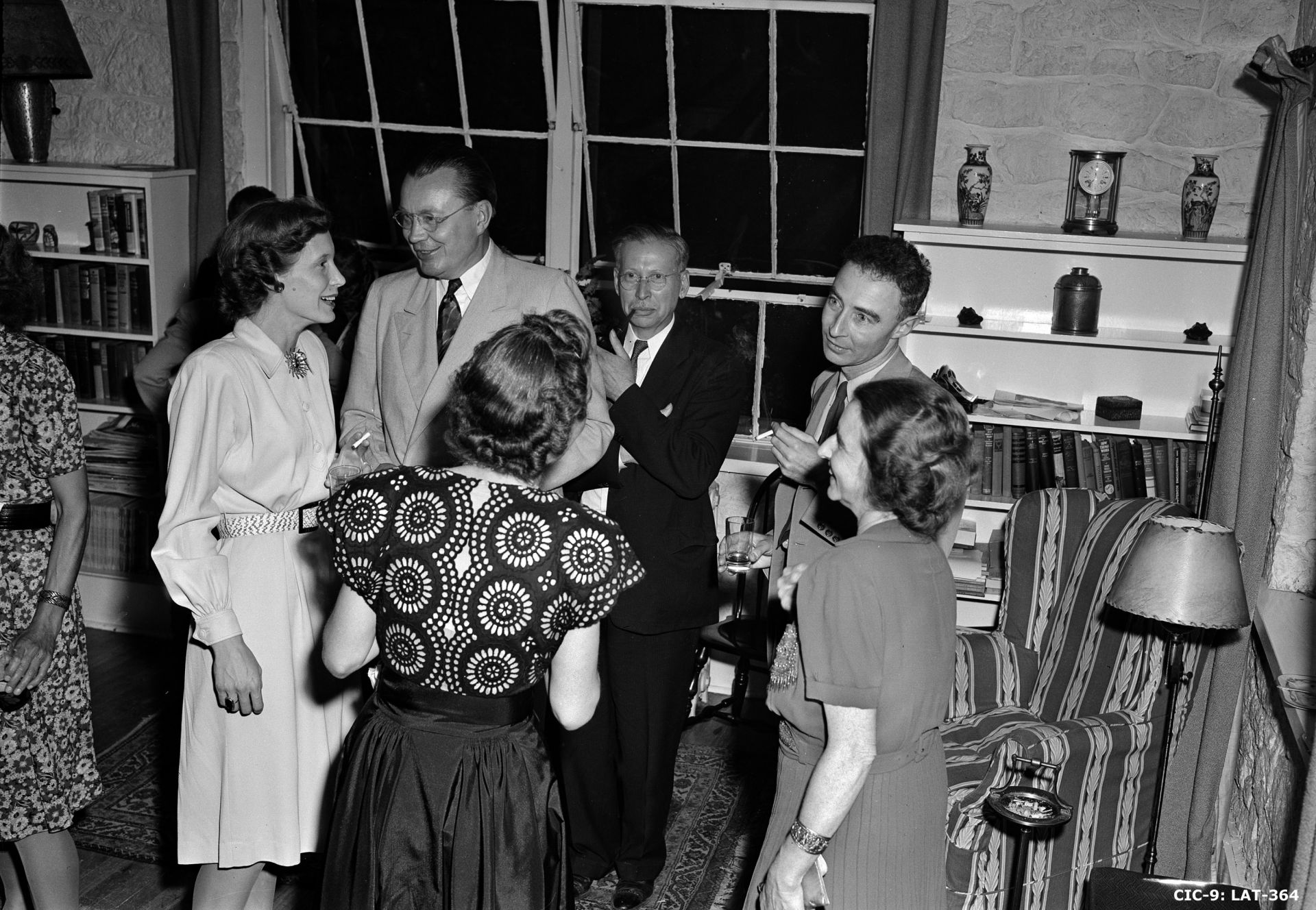
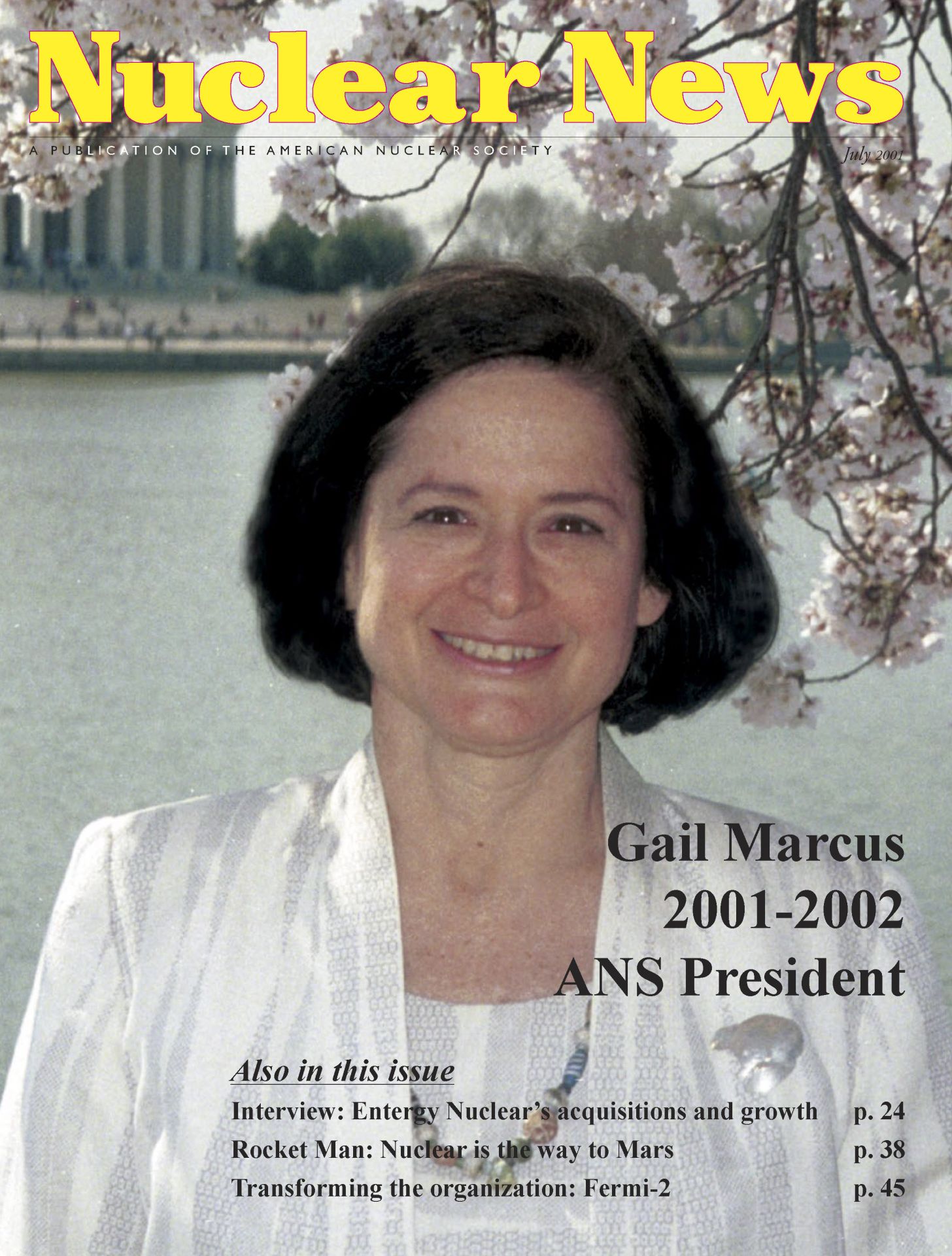 I like to say that I ended up at Massachusetts Institute of Technology because of my father. He saw that I seemed intimidated by the prospect of going there, so he dared me, figuring I would take the bait. And I did.
I like to say that I ended up at Massachusetts Institute of Technology because of my father. He saw that I seemed intimidated by the prospect of going there, so he dared me, figuring I would take the bait. And I did.